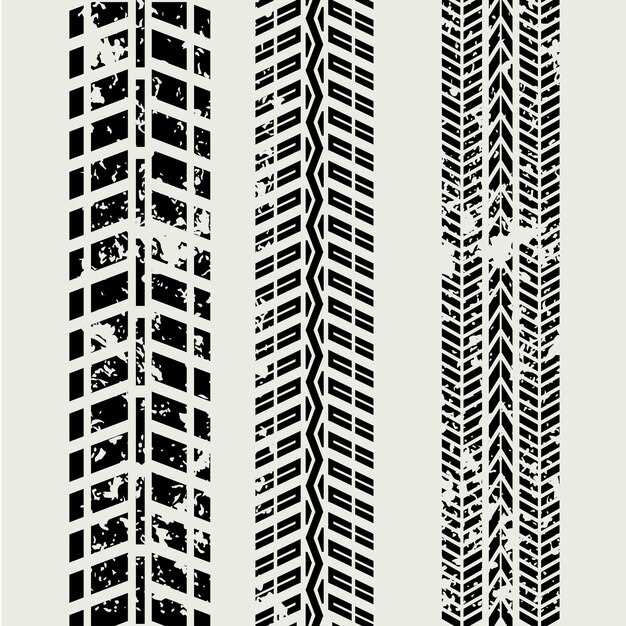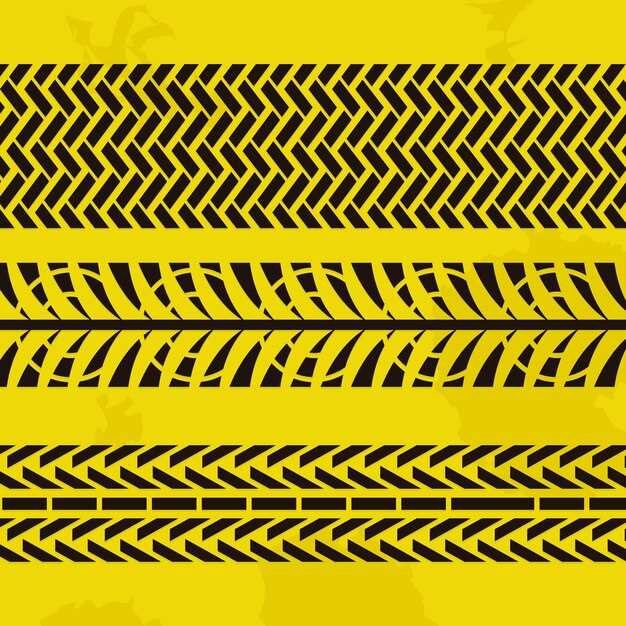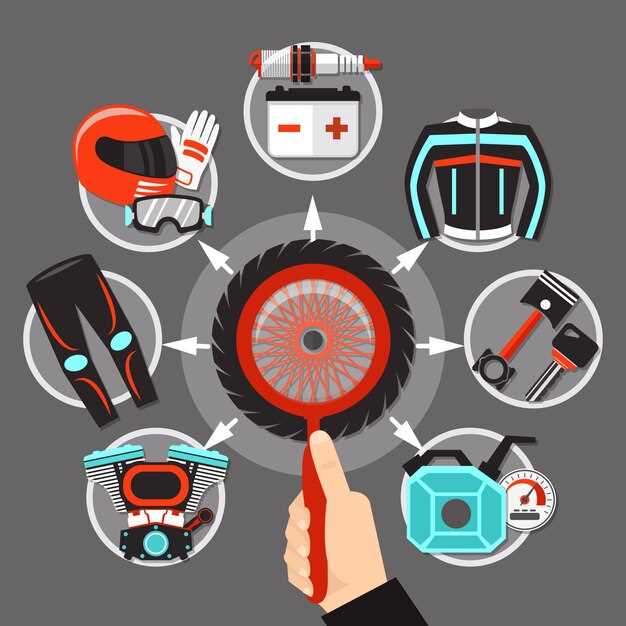
Motorcycle tires are critical components that directly influence both performance and safety on the road. Unlike other vehicles, motorcycles rely heavily on their tires for stability, handling, and traction. A thorough understanding of tire wear patterns is essential for every rider, as it can significantly impact riding safety and prevent accidents.
Tire wear is not merely a cosmetic issue; it can indicate underlying problems and affect how a motorcycle handles during different riding conditions. Recognizing specific wear patterns can help riders diagnose issues such as improper alignment, insufficient inflation, or even inadequate riding techniques. For instance, uneven wear on the shoulders of a tire might suggest cornering issues, while flat spots can indicate hard braking or prolonged periods of straight riding.
By examining tire wear closely, riders can make informed decisions about maintenance and replacements, ensuring optimal performance and safety. Understanding how factors like riding style, road conditions, and tire pressure contribute to wear patterns allows for proactive measures that can extend the life of tires and enhance overall riding experience. In this article, we will explore the various types of tire wear, their implications, and how to address them effectively.
Identifying Common Tire Wear Patterns and Their Causes

Understanding tire wear patterns is crucial for maintaining motorcycle safety and performance. Different wear patterns can indicate specific issues with the motorcycle or its setup. Here are some common tire wear patterns along with their potential causes.
Cupping refers to uneven wear that results in small depressions or “cups” on the tread. This pattern is often caused by improper suspension settings, unbalanced tires, or even incorrect inflation pressure. Regularly checking and adjusting the bike’s suspension can help mitigate this issue.
Center Wear occurs when the tread in the middle of the tire wears down more quickly than the edges. This pattern is frequently a result of over-inflation, where the tire pressure is too high, causing the center to make excessive contact with the road. Riders should always adhere to the manufacturer’s recommended tire pressure to avoid this issue.
Edge Wear happens when the outer edges of the tire tread wear down more rapidly than the center. This can be indicative of under-inflation or aggressive cornering practices. Maintaining the correct tire pressure and modifying riding habits can help reduce edge wear.
Flat Spots occur when a tire’s tread becomes worn flat in specific areas, usually due to prolonged braking or heavy acceleration. This type of wear can compromise traction and stability. A more balanced riding style can prevent flat spotting over time.
Bald Spots are areas where the tread has completely worn away, revealing the underlying rubber. This severe wear is often caused by neglect, improper tire selection, or riding on worn tires for too long. Regular inspections and timely replacements are essential to prevent this dangerous condition.
Each of these wear patterns provides insight into the performance of tires and the overall health of a motorcycle. By identifying these patterns early, riders can address underlying issues, ensuring not only their safety but also extending the lifespan of their tires.
How to Assess Tire Condition and Determine Replacement Needs

Assessing the condition of motorcycle tires is essential for safety and performance. Regular inspections help identify wear patterns and potential issues that may necessitate replacement.
Here are the steps to effectively evaluate your tire condition:
- Visual Inspection:
- Check the tread depth. Use a tread depth gauge or the penny test–insert a penny into the tread; if you can see Lincoln’s head, it’s time to replace the tire.
- Look for cracks, cuts, or punctures on the tire surface.
- Inspect the sidewalls for any bulges or deformities.
- Wear Patterns:
- Examine for uneven wear, which could indicate alignment issues or improper tire inflation.
- Notice if the center of the tread is more worn than the edges (over-inflation) or vice versa (under-inflation).
- Identify scalloping or cupping, which may signal suspension problems.
- Age of the Tire:
- Check the manufacturing date on the tire sidewall. Most manufacturers recommend replacing tires every 5-6 years, regardless of tread wear.
- Consider environmental factors that may accelerate aging, such as exposure to sunlight or extreme temperatures.
- Performance Issues:
- Be aware of changes in handling, such as vibrations or pulling to one side, which may indicate tire damage.
- Monitor the consistency of grip on different surfaces and weather conditions.
If any of the above assessments highlight concerns, it is advisable to replace the tire. Maintaining proper tire health not only extends the life of your motorcycle but also ensures a safer riding experience.
Preventive Maintenance Tips to Extend Tire Life and Enhance Safety
Regular inspection of motorcycle tires is crucial for safety and durability. Check for signs of wear, such as uneven tread patterns, cracks, or bulges. Performing this inspection before each ride can help identify potential issues early.
Proper tire pressure is essential to ensure optimal performance and longevity. Use a reliable gauge to measure pressure and adjust it according to the manufacturer’s specifications, as overinflation or underinflation can lead to uneven wear and reduced traction.
Rotate tires periodically to promote even wear. Depending on riding habits and tire type, consider rotating them every 3,000 to 5,000 miles. This practice can help extend tire life by distributing wear more evenly across all tires.
Keeping tires clean is another important maintenance tip. Remove dirt, grime, and debris that can accumulate on the surface, as this can lead to degradation of the rubber and affect performance. Use mild soap and water for cleaning, avoiding harsh chemicals that can damage the tire material.
Pay attention to your riding habits. Aggressive acceleration, hard braking, and sharp cornering can accelerate tire wear. Practice smooth riding techniques to reduce stress on tires and increase their lifespan.
Utilize tire balancing and alignment services regularly. An unbalanced wheel or misalignment can cause uneven wear and negatively affect handling. Get your motorcycle’s tires balanced and aligned according to manufacturer recommendations, especially after installing new tires.
Store your motorcycle properly when not in use. Prolonged exposure to sunlight and extreme temperatures can degrade tire rubber. Cover your motorcycle or store it in a shaded area to protect tires from UV rays and environmental elements.
Lastly, replace tires when they reach the end of their life cycle. Most tires come with tread wear indicators that signal when it’s time for a replacement. Be proactive and replace tires well before they reach this point to maintain optimal safety on the road.

